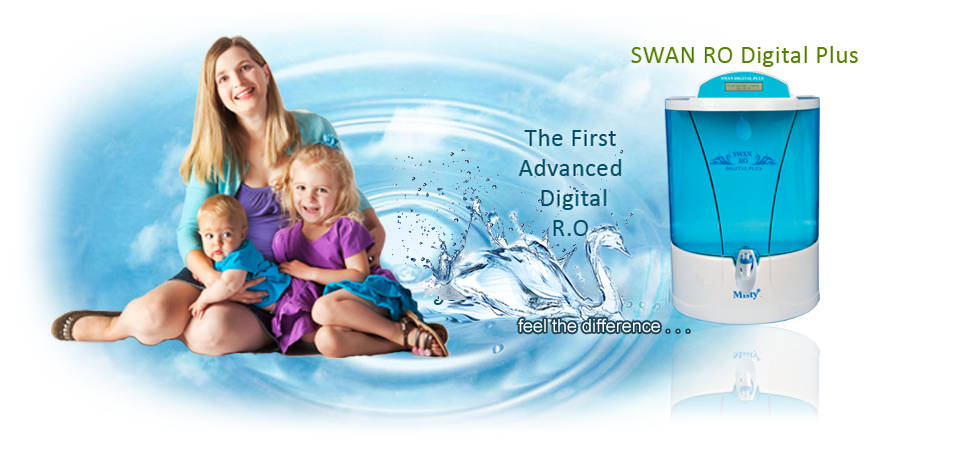
Carbonate Scale
The following cleaning procedure is designed specifically for a system that has had carbonate scale precipitated in the elements. In severe calcium carbonate scaling, the cleaning solution may have to be heated to above 35°C. Typical calcium carbonate cleaning is conducted at 20-25°C. The cleaning procedure is considered complete when the pH of the cleaning solution does not change during recycle and/or high flow pumping.
It may be possible to recover severely scaled elements by acid cleaning. Calcium carbonate scales dissolve easily in acids by releasing carbon dioxide. This can be observed as a foaming/bubbling reaction.
Cleaning Procedure
There seven steps in cleaning elements with carbonate scale.
- Make up the cleaning solution listed from Table.
- Introduction of the cleaning solution.
- Recycle. Recycle the cleaning solution for 10 minutes or until there is no visible color change. If at anytime during the circulation process there is a color change, dispose of the solution and prepare a new solution as described in step 2. Maintain the pH for effective cleaning. Add additional cleaning chemical as needed to maintain pH.
- Soak. For lightly scaled systems, a soak time of 1-2 hours is sufficient. Severely scaled systems can also be recovered with extended soak times. Severely scaled elements should be soaked individually outside of the pressure vessel in a vertical position. Check pH and adjust as required, or replace cleaning solution.
- High-flow pumping.
- Flush out.
- Restart.
Table Carbonate scale cleaning solutions
Cleaning chemical formula in order used: HCl is hydrochloric acid (muriatic acid); H3PO4 is phosphoric acid, Na2S2O4 is sodium hydrosulfite.
Cleaning solutions |
Solution |
Preferred |
0.2 wt % HCl (pH 1 - 2, 35°C) |
Alternative |
2.0 wt % citric acid |
Alternative |
0.5% H3PO4 |
Optional |
1.0% Na2S2O4 |

